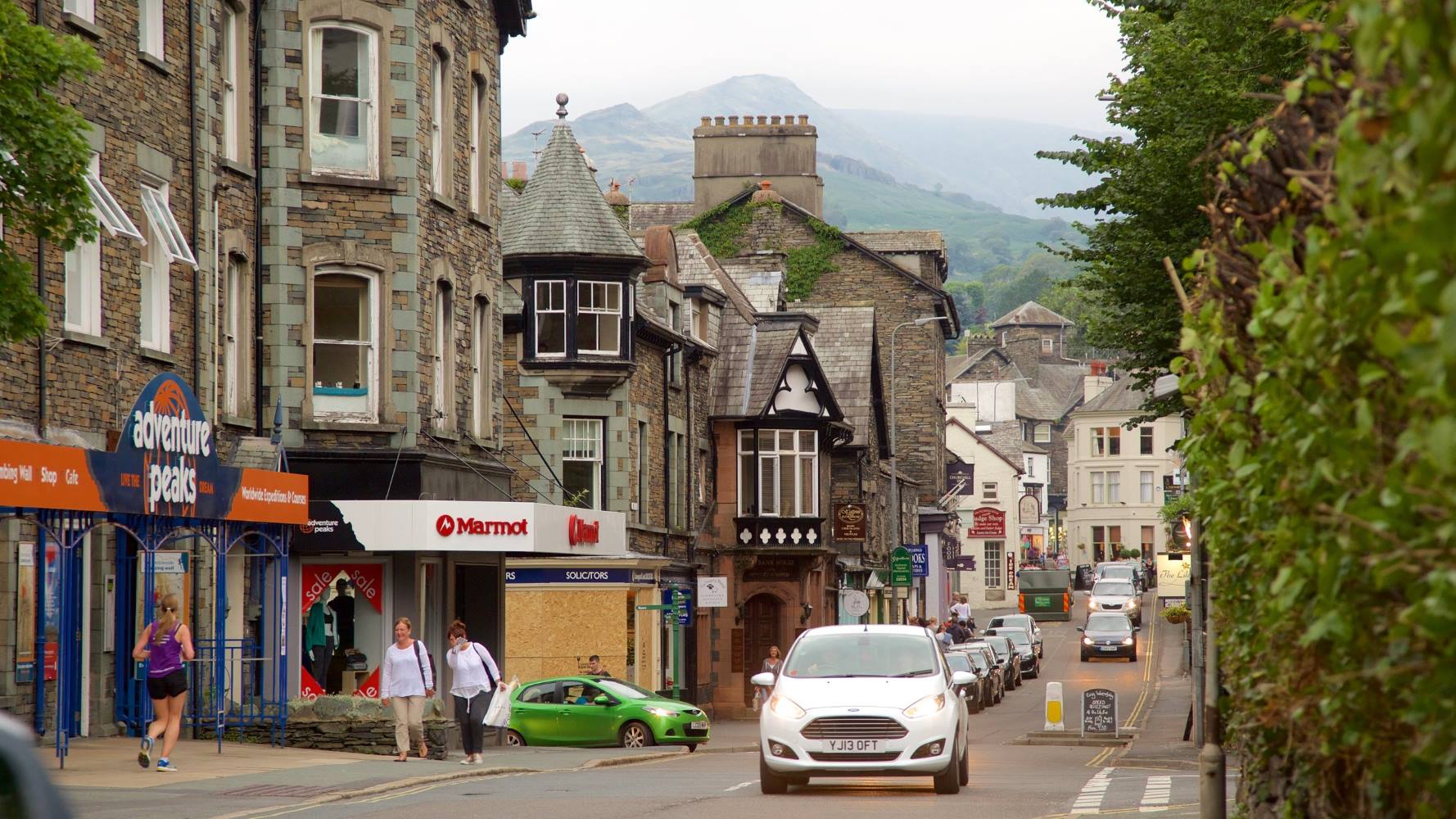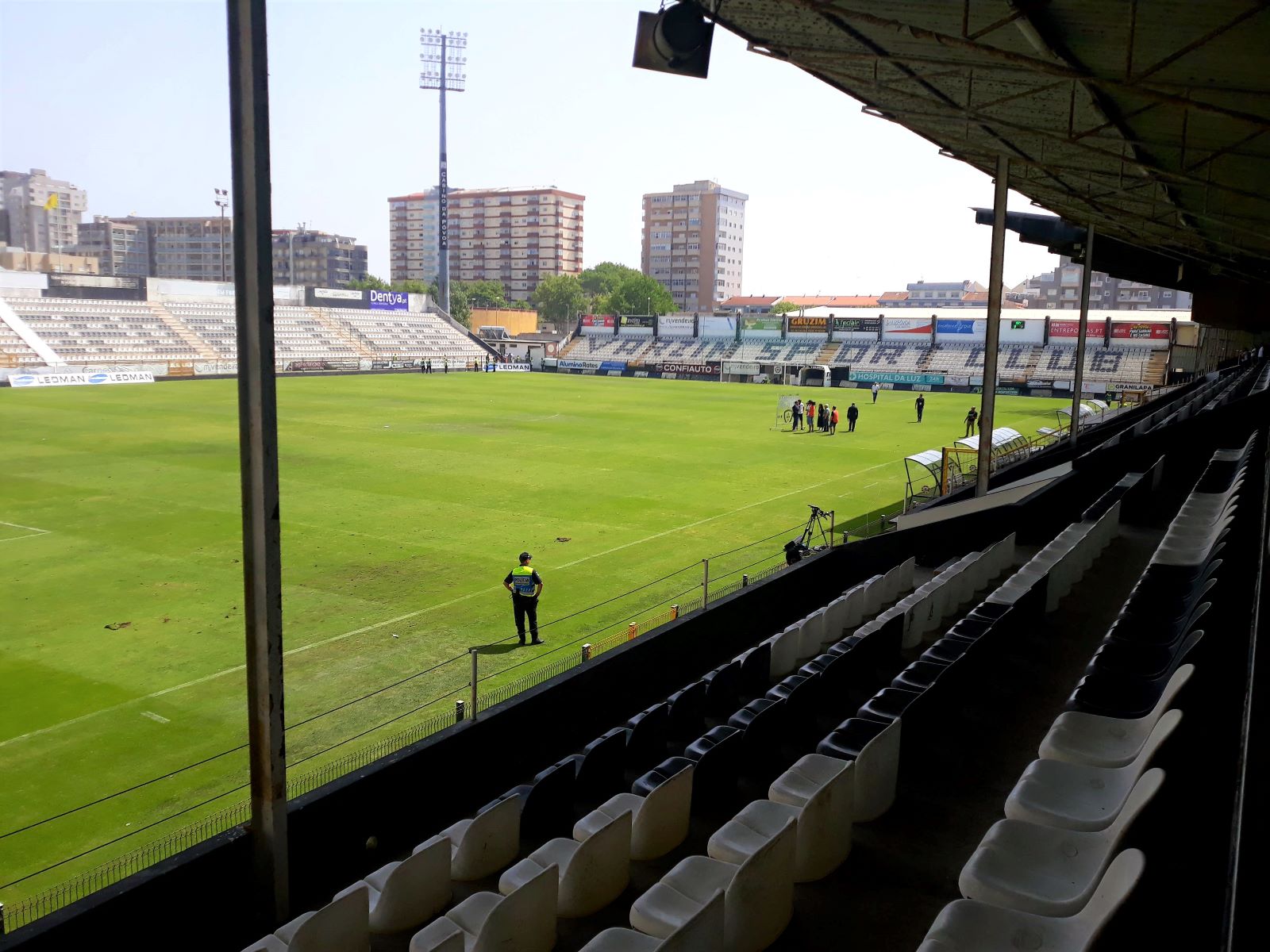
Cumbria, a county in northwest England, is a place of stunning landscapes, rich history, and vibrant culture. Known for its breathtaking Lake District and the historic Hadrian’s Wall, Cumbria offers more than just scenic beauty. From the unique Cumberland Sausage to the distinct local dialect, this region is full of surprises. Did you know Cumbria has only one official lake, Bassenthwaite Lake? Or that it houses England’s tallest mountain, Scafell Pike? Whether you’re a nature lover, history buff, or just curious, Cumbria has something for everyone. Ready to learn more about this fascinating county?
Natural Wonders of Cumbria
Cumbria is a county in northwest England known for its breathtaking landscapes and natural beauty. From towering mountains to serene lakes, this region is a nature lover's paradise.
-
UNESCO World Heritage Sites: Cumbria boasts two UNESCO World Heritage Sites: Hadrian’s Wall and the English Lake District. Hadrian’s Wall, built in AD122, stretches for 73 miles and was designed to protect the Roman Empire. The English Lake District, recognized in 2017, is celebrated for its stunning natural beauty and artistic significance.
-
National Landscapes: The county features three National Landscapes: Arnside and Silverdale, Solway Coast, and North Pennines. Each offers unique scenery, from magnificent coastlines to diverse wildlife habitats.
-
Official Lakes: Despite being known as the Lake District, Cumbria has only one official lake: Bassenthwaite Lake. Other bodies of water are called Tarns, Meres, and Waters, but many are still commonly referred to as lakes.
-
England’s Tallest Mountain: Scafell Pike, standing at 978 meters, is England’s tallest mountain. It's a popular destination for hikers and adventure seekers.
-
Yorkshire Dales in Cumbria: A small part of the Yorkshire Dales spills over into Cumbria, offering beautiful mountain walks and the charming town of Sedbergh, England’s official book town.
-
Underwater Village: The Lake District is home to an underwater village, adding a touch of mystery to the region’s natural allure.
Rich History and Culture
Cumbria's history is as rich and varied as its landscapes. From ancient Roman ruins to unique local dialects, the county has a fascinating cultural heritage.
-
City of Carlisle: Carlisle is Cumbria’s vibrant urban center, known for its rich culture, historic architecture, and fantastic shopping and dining options.
-
Distinct Dialect: Cumbria has its own distinct dialect, influenced by Celtic and Norse languages. Unique slang words include "marra" (friend) and "nowt" (nothing).
-
Keswick Pencil Museum: Keswick is home to the first pencil, and the Keswick Pencil Museum celebrates this history. The museum houses the world’s largest coloring pencil, which is 7.91 meters long and weighs 446.36 kilograms.
-
Historical Significance: Cumbria has a tumultuous history, from Roman rule and Hadrian’s Wall to being a hunting park for the Normans. The county was also industrialized by Elizabeth I and devastated by plague and famine.
-
Hidden Histories: The blog Hidden Cumbrian Histories explores the lives of Neolithic axe makers, Druids, Vikings, Romans, Normans, Scots, Cavaliers, Roundheads, and Celts.
-
Fascinating Facts: George Washington’s paternal grandmother, Mildred Gale, is buried in Whitehaven. There was once a bridge from Bowness-on-Solway to Scotland, demolished due to drunken Scots.
Unique Local Specialties
Cumbria is known for its unique local specialties, from protected foods to distinct cultural practices.
-
Protected Food: The Cumberland Sausage has Protected Geographical Indication (PGI) status, meaning it can only be made in Cumbria.
-
Festivals and Events: Cumbria hosts several festivals, including Kendal Calling and Kendal Mountain Festival, attracting visitors from across the country.
-
Cultural Significance: Cumbria’s unique dialect, local specialties, and historical sites make it a culturally significant region in northwest England.
Geography and Boundaries
Cumbria's geography is diverse, with mountainous regions, fertile valleys, and a long coastline.
-
Geography and Boundaries: Cumbria is the most northwesterly ceremonial county in England, mostly mountainous with large upland areas to the southwest and east.
-
Vale of Eden: The Vale of Eden, the valley of the River Eden, runs southeast to northwest between these upland areas and broadens into the Solway Plain near Carlisle.
-
Canals: The Lancaster Canal runs from Preston into southern Cumbria and is partly in use. The Ulverston Canal, which once reached Morecambe Bay, was closed in 1945 but is maintained.
-
Northern and Southern Boundaries: The northernmost and southernmost points in Cumbria are just west of Deadwater, Northumberland, and South Walney respectively.
Media and Communication
Cumbria is well-served by various media outlets, ensuring residents and visitors stay informed.
-
Media and Newspapers: Cumbria is served by several newspapers, including the News and Star and the North-West Evening Mail. The Cumberland and Westmorland Herald and The Westmorland Gazette are weekly newspapers.
-
Television Zones: Due to its size, Cumbria spans two television zones: BBC North East and Cumbria and ITV Border in the north, and BBC North West and ITV Granada in the south.
-
Radio Stations: Popular local radio stations include Heart North West, Greatest Hits Radio Cumbria & South West Scotland, and Smooth Lake District. BBC Radio Cumbria is the only station aimed specifically at Cumbria as a whole.
Economy and Industry
Cumbria's economy is diverse, with agriculture, industry, and tourism playing significant roles.
-
Agriculture and Industry: The main agricultural activities are sheep farming on the uplands and crop production in the lowlands. The Rivers Eden, Derwent, and Esk are noted for salmon fishing.
-
Naval Shipyard: There is a large naval shipyard in Barrow-in-Furness, contributing to the county’s industrial heritage.
-
Light Industry: Light industry is present in Workington and Whitehaven, supporting the local economy.
-
Nuclear Fuel Reprocessing: Britain’s chief nuclear fuel reprocessing and recycling center is located at Sellafield on the Irish Sea coast.
-
Transport Hubs: The main western railway and the principal motorway to Scotland pass through Penrith and Carlisle, making these towns important transport hubs.
-
Tourism: Tourism plays a crucial role in Cumbria’s economy, with visitors drawn to its natural beauty, historical sites, and cultural attractions.
Population and Administration
Cumbria is an administrative county with a diverse population and several key urban centers.
-
Administrative County: Cumbria comprises six districts: Allerdale, Eden, South Lakeland, Barrow-in-Furness, Copeland, and the city of Carlisle.
-
Area and Population: Cumbria covers an area of 2,613 square miles (6,768 square kilometers) and has a population of 487,607 (2001) and 499,858 (2011).
-
Historic Counties: The administrative county includes the historic counties of Cumberland and Westmorland and parts of Lancashire and Yorkshire.
-
Principal Population Centers: Principal population centers include Penrith, Kendal, and the ports of Barrow-in-Furness, Whitehaven, and Workington.
Scenic Landscapes and Natural Features
Cumbria's scenic landscapes and natural features are some of its most defining characteristics.
-
Scenic Landscapes: The county extends along the Irish Sea coast from Morecambe Bay to Solway Firth. It includes the famous scenic Lake District, where a deeply dissected dome of ancient volcanic and slate rocks forms a landscape of mountain peaks and lake-filled valleys.
-
Natural Features: Newer outcrops of limestone and sandstone form the surrounding lowlands of the Carlisle plain and the valleys of the Rivers Eden and Kent.
-
High Hills: In the extreme east, several high hills form part of the Pennines, including Cross Fell and Knock Fell.
-
Salmon Fishing: The Rivers Eden, Derwent, and Esk are noted for salmon fishing, making Cumbria a popular destination for anglers.
Historic Architecture and Festivals
Cumbria's historic architecture and vibrant festivals add to its cultural richness.
-
Historic Architecture: Carlisle is known for its historic architecture, including its medieval castle and cathedral.
-
Festivals and Events: Cumbria hosts several festivals, including Kendal Calling and Kendal Mountain Festival, which attract visitors from across the country.
-
Cultural Significance: Cumbria’s unique dialect, local specialties, and historical sites make it a culturally significant region in northwest England.
-
Tourism: Tourism plays a crucial role in Cumbria’s economy, with visitors drawn to its natural beauty, historical sites, and cultural attractions.
Cumbria: A Must-Visit Destination
Cumbria is a county packed with natural beauty, rich history, and vibrant culture. From the UNESCO World Heritage Sites of Hadrian’s Wall and the English Lake District to the distinct dialect and local specialties like Cumberland Sausage, there's something for everyone. The stunning landscapes of the Lake District, the historic city of Carlisle, and the unique attractions like the Keswick Pencil Museum make it a fascinating place to explore. Whether you're hiking up Scafell Pike, fishing in the Rivers Eden, or enjoying a festival in Kendal, Cumbria offers endless opportunities for adventure and discovery. Its diverse geography, from mountains to coastlines, combined with its cultural significance, makes Cumbria a must-visit destination for anyone looking to experience the best of northwest England.
Was this page helpful?
Our commitment to delivering trustworthy and engaging content is at the heart of what we do. Each fact on our site is contributed by real users like you, bringing a wealth of diverse insights and information. To ensure the highest standards of accuracy and reliability, our dedicated editors meticulously review each submission. This process guarantees that the facts we share are not only fascinating but also credible. Trust in our commitment to quality and authenticity as you explore and learn with us.


